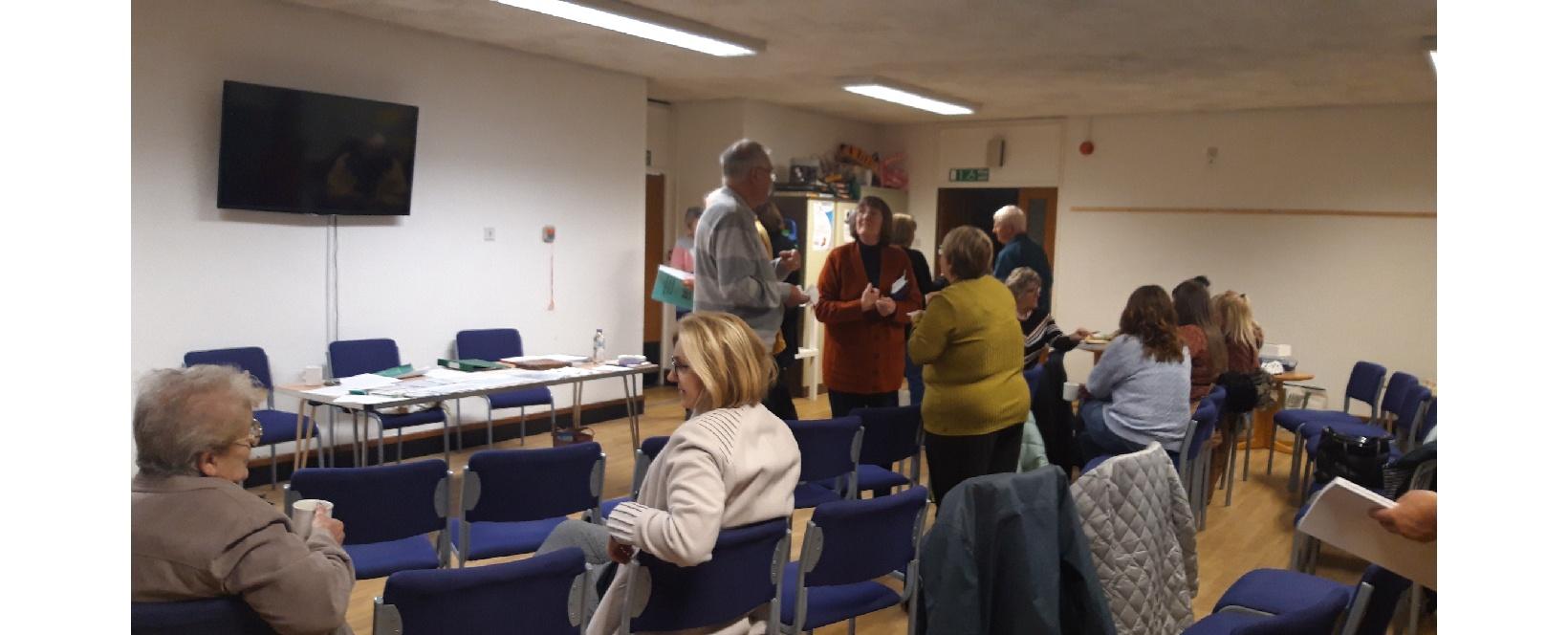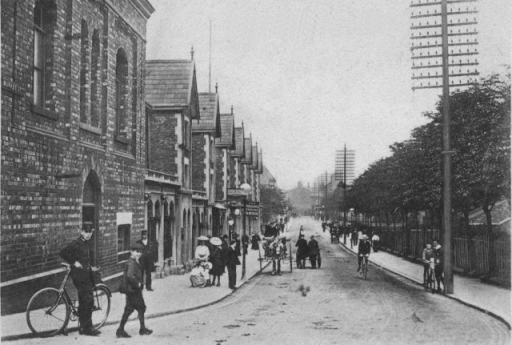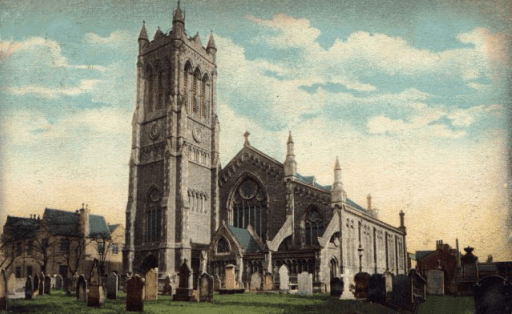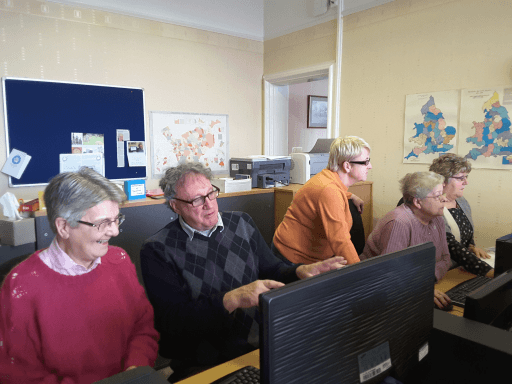Our meetings take place on the second Tuesday of the month at
'Wishing Well', Jubilee House, St Paul's St. Crewe. CW12QA
For parking use postcode CW12PT which is Victoria centre carpark (Asda carpark at the top end)
There is now a charge for evening parking on this carpark
We are holding Crewe & Nantwich Joint Group Face2Face meetings in Crewe for the summer months
Details for the next few meetings are posted on the Events page.
Zoom meetings are only open to FHSC members at no extra cost.
Face2Face meetings are open to all, doors open at 7.15 for a 7.30 start.
There is a charge of £2 to members of FHSC and £3 for non-members of FHSC, refreshments included

The Origins of Crewe
Amongst the planned communities that appeared on green field sites in nineteenth century England was that at Crewe, Cheshire which is located in the north midlands of the UK. Its creators were the Directors of the Grand Junction Railway Company (GJR) who, in June 1840, ordered their chief engineer Joseph Locke to purchase land ‘…at the junction of Crewe’ as a site for the repair and manufacturing of locomotives. The reason for this was the drastic engine failures during the early years of traffic on their line from Liverpool to Birmingham, opened in 1837. The existing small workshop at Liverpool proved incapable of expansion so the seemingly incongruous decision to transfer a community from the urban sprawl of Merseyside to the civil township of Monks Coppenhall (as the area was then known) in the rural acres of Cheshire was implemented. Thus by 1843 a new town appeared that was to dominate the economy of the region for rest of the century and beyond.
Initially, control of the community rested with the GJR which provided houses, a church, water, gas and policing, along with paving and cleansing streets. Even a primitive sanitation system was initiated, based upon the nearby Valley Brook, a trout stream, from which the trout soon disappeared.
Within a short time non-railway houses were added to the fringe of this GJR colony grouped around the workshops meaning by 1851 the population had risen in ten years from 251 to well over 4,000. This meant there were areas of the town beyond railway control so by 1860 a Local Board had been elected with powers to deal with sewage, determine levels and widths of streets, construct bridges and provide the town with an adequate water supply.
As the GJR expanded their operations by manufacturing their own locomotives and creating engine sheds for the motive power department the population also expanded. This meant that the powers of a Local Board were not sufficient to adequately deal with the problems of a large, urban community. Consequently, in 1877 Crewe was dignified with a mayor and corporation when it became a municipal borough, now outranking the nearby ancient market towns of Nantwich, Sandbach and Middlewich. By the Great War in 1914 its population was in excess of 45,000.
Unfortunately Crewe was still a single industry town with its economy heavily reliant upon the London and North Western Railway Company as the GJR had become in 1846. Such a state of affairs existed until 1938 when Rolls-Royce opened a factory to manufacture Merlin aero engines that were urgently needed to power the aircraft under the National Governments rearmament scheme. When the Second World War ended in 1945 the factory was quickly adapted to the manufacture of Rolls-Royce and Bentley cars for the luxury market.
So the town was set for the next fifty years surviving the nationalisation then privatisation of the railways, the amalgamation of Crewe with nearby Nantwich for local government purposes and finally the departure of Rolls-Royce when RR Motors was sold. It was propitious for the economy of the region that Bentley Motors remained in the town to provide much needed employment. Crewe still retains its links with its origins, however, as it still serves as junction of six railway lines that helped to bring about its birth.


.

Baptised in Crewe Vol 2 - further transcription of baptism records. Preparing to publish.
Transcribing of St. Michael's Coppenhall Burial Registers 1858 - 1970
Indexing of Crewe Chronicle orbituary pages.
